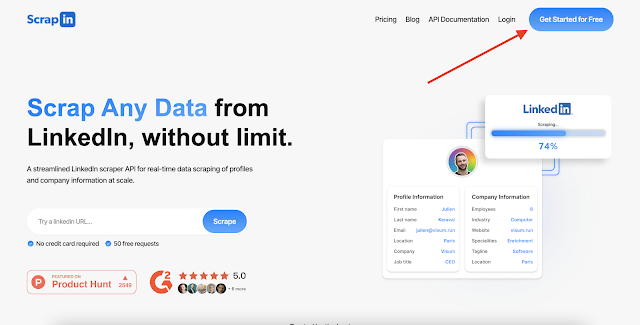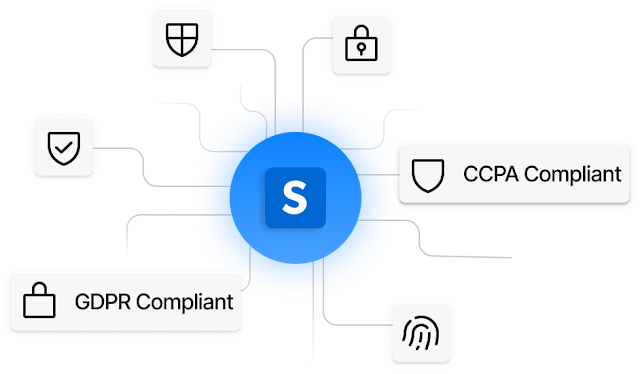Harnessing LinkedIn's Data Goldmine: A Strategic Guide
In today's data-driven world, LinkedIn stands as a veritable goldmine of professional information. With over 700 million users, this platform is more than just a networking site; it's a rich repository of data on industries, companies, professionals, and trends. However, extracting valuable information from LinkedIn requires strategic planning and the right tools. This article explores how to effectively extract information from LinkedIn and extract data from LinkedIn, ensuring that businesses and individuals can leverage this data to its fullest potential.
Understanding the Value of LinkedIn Data
Before diving into extraction techniques, it's essential to recognize the value LinkedIn data holds. From recruitment and sales to market research and competitive analysis, the insights garnered from LinkedIn can inform decision-making processes and strategy development across various business functions. By tapping into LinkedIn's extensive database, organizations can uncover industry trends, identify talent, and even scope out competition.
Strategies for Data Extraction
Extracting data from LinkedIn is challenging. The platform's policies around data usage are stringent and aimed at protecting user privacy. Nonetheless, there are legitimate and ethical ways to gather the information you need.
LinkedIn API
One of the most straightforward methods to extract information from LinkedIn is through its API. LinkedIn offers a range of APIs that allow developers to access different types of data, from basic profile information to more detailed insights about companies and jobs. However, access is regulated, and specific permissions are required for different data types.
Advanced Search Techniques
To extract data from LinkedIn effectively, mastering LinkedIn's advanced search capabilities is crucial. By using specific keywords, filters, and Boolean search logic, you can pinpoint the exact data sets you're interested in. This method is beneficial for recruiters and sales professionals looking for leads that match precise criteria.
Third-Party Tools and Services
Several third-party tools and services specialize in LinkedIn data extraction. These platforms are designed to navigate the complexities of data retrieval, offering a more user-friendly interface for collecting and analyzing LinkedIn data. While selecting a third-party tool, it's essential to consider the ethical implications and ensure compliance with LinkedIn's terms of service.
Navigating Legal and Ethical Considerations
It's paramount to approach LinkedIn data extraction with a clear understanding of legal and ethical boundaries. Adhering to LinkedIn's terms of service is non-negotiable. Users should also prioritize transparency and consent, ensuring that data collection methods do not infringe on individual privacy or data protection laws.
Conclusion
LinkedIn's wealth of data offers unparalleled opportunities for business intelligence, talent acquisition, and market analysis. Whether through LinkedIn's API, advanced search features, or third-party tools, extracting this information can provide valuable insights. Among the available services, Scrapin.io stands out as a resourceful website for those looking to navigate the intricacies of LinkedIn data extraction. By leveraging tools like Scrapin.io, businesses and professionals can unlock the full potential of LinkedIn's data, driving strategic decisions and fostering growth in today's competitive landscape.




Comments
Post a Comment